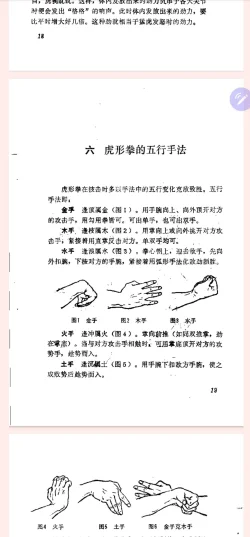Karate is just what happened when the Okinawans we're taught southern kung-fu.
Varying degrees of blending with the indigenous "Te" happened as well as some merging with the Jigen ryu of the Satsuma samurai and karate is its own art.
As for Tiger-crane, the form he showed had many elements of the first three patterns.
Varying degrees of blending with the indigenous "Te" happened as well as some merging with the Jigen ryu of the Satsuma samurai and karate is its own art.
As for Tiger-crane, the form he showed had many elements of the first three patterns.
Last edited:

